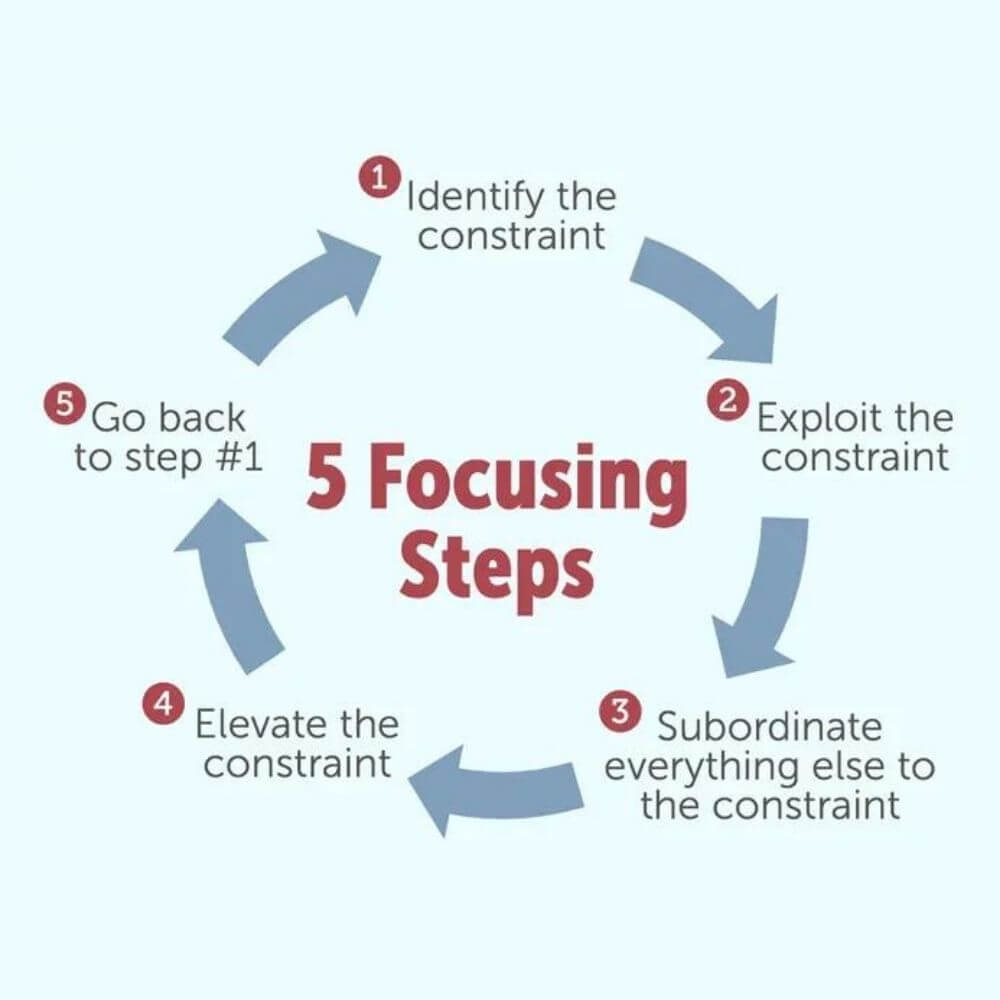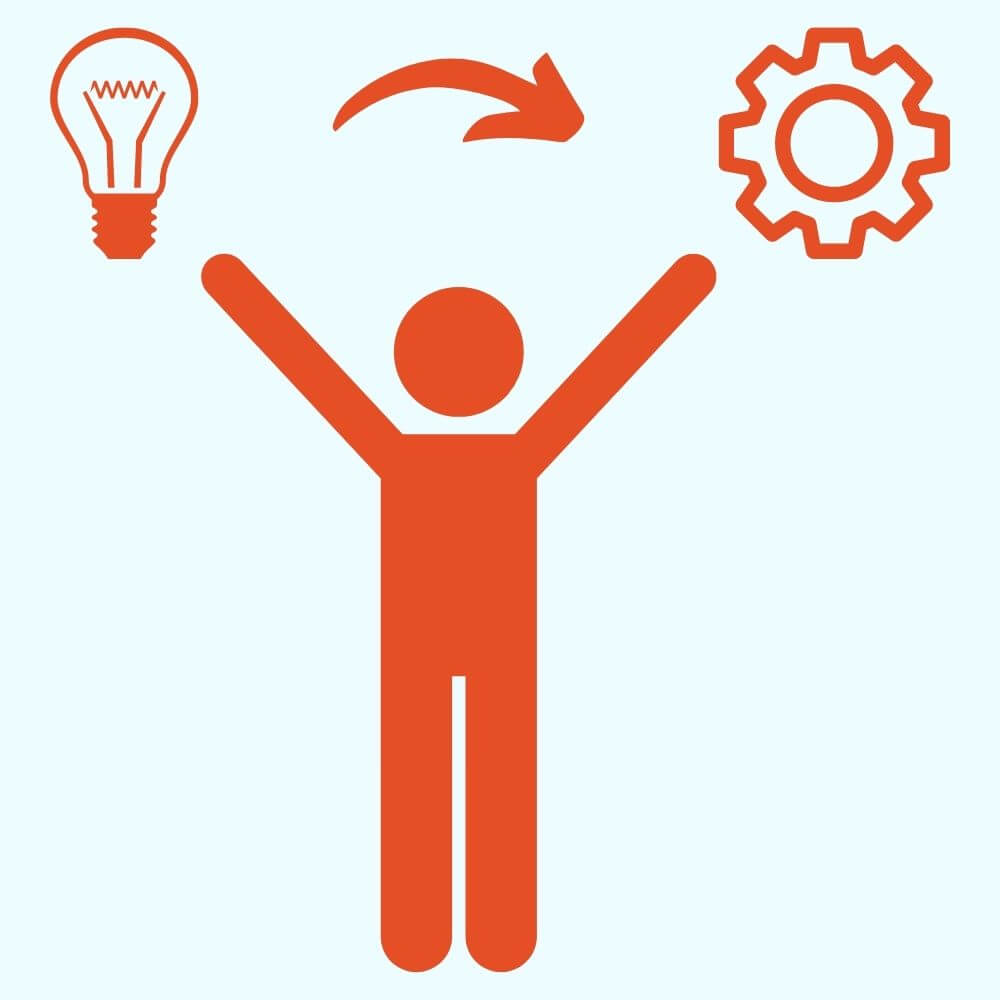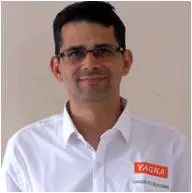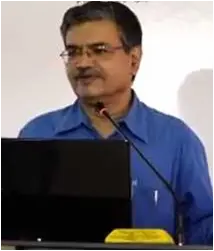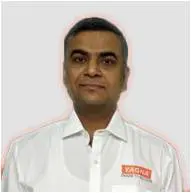Manufacturing
Five Focusing Steps – POOGI
Dr. Eliyahu Goldratt gave a very simple yet powerful method of continuous improvement, also known as the Process of On-Going Improvement (POOGI).
THE 3V CATALYST
Yagna follows the principles of the Theory of Constraints. It delivers fast and sustainable results using the same existing resources.
The 3V ingredients:
(Tame indiscriminate) Variety +
(Protect against inherent) Variability +
(Alleviate lack of) Visibility
The 3 Vs impact the flow in every system. The result is high inventory in the system which impedes smooth flow.
request for assessment
Though Yagna strongly believes that every company has the potential to earn much more throughput from the existing investment but still it necessarily insists on conducting assessments before embarking on the TOC Implementation journey.
It not only creates a buy-in on the problems and the direction of the solution but also confirms that there is a good enough business case for both the parties to move to the next step of Adoption.


